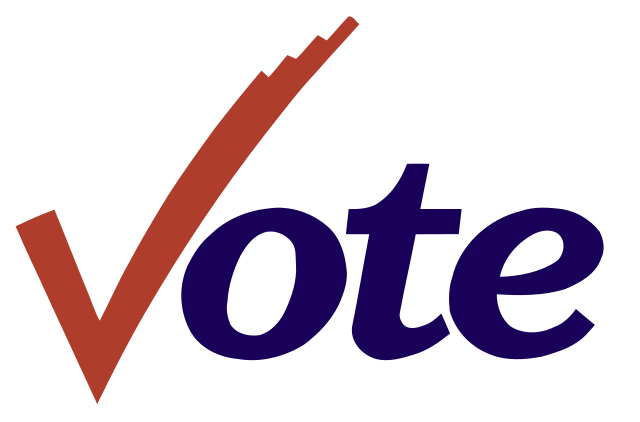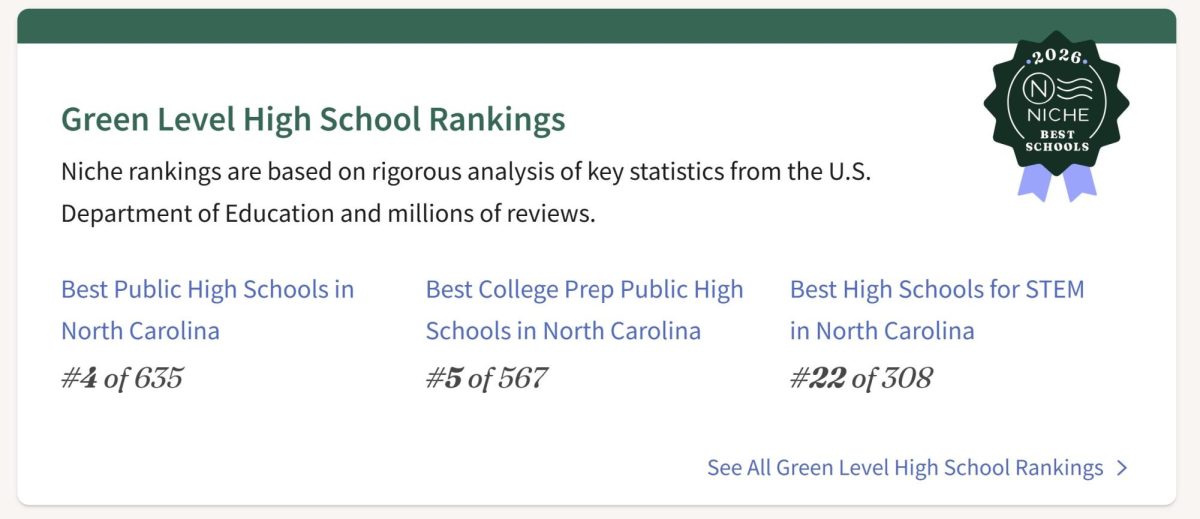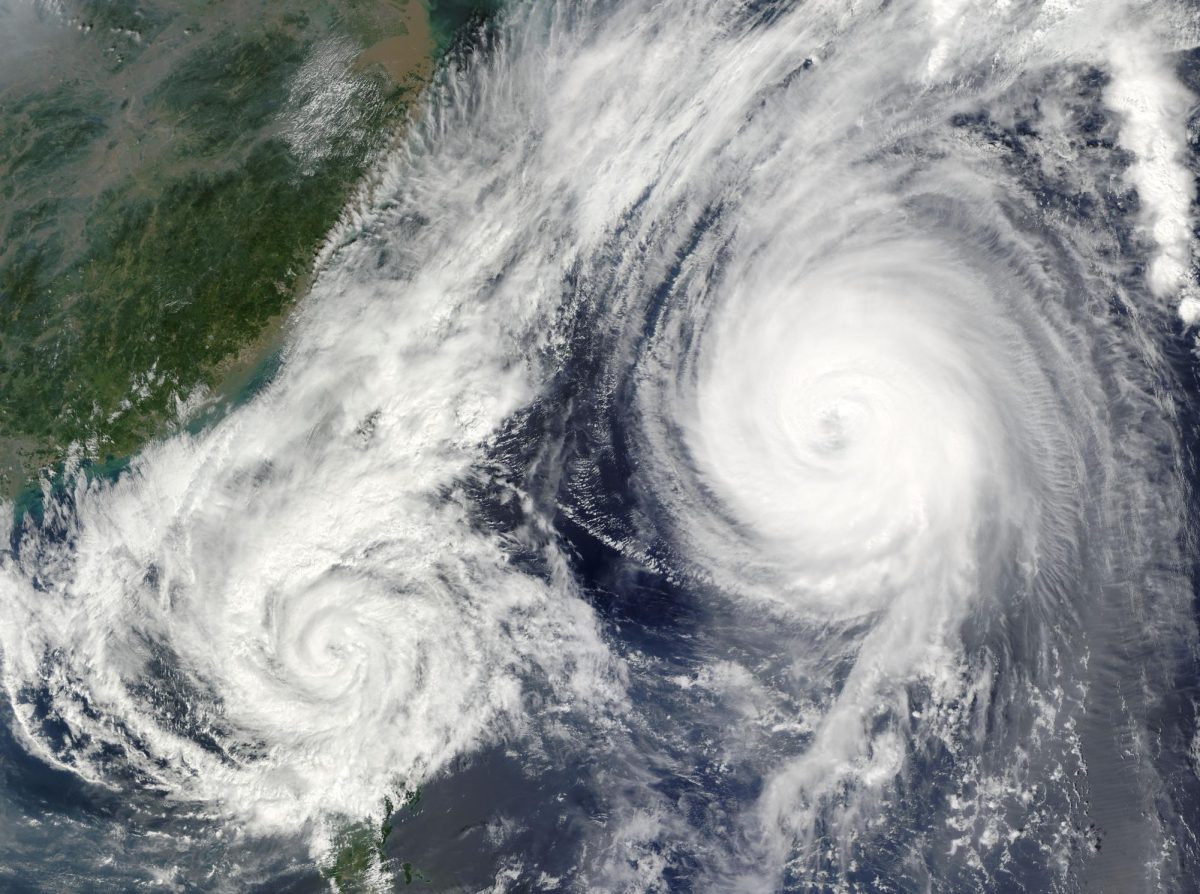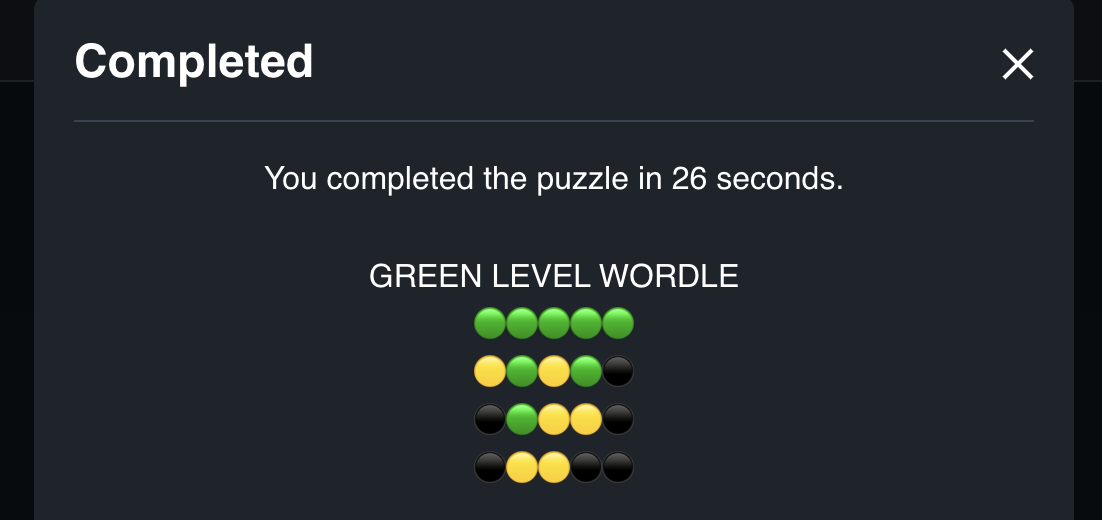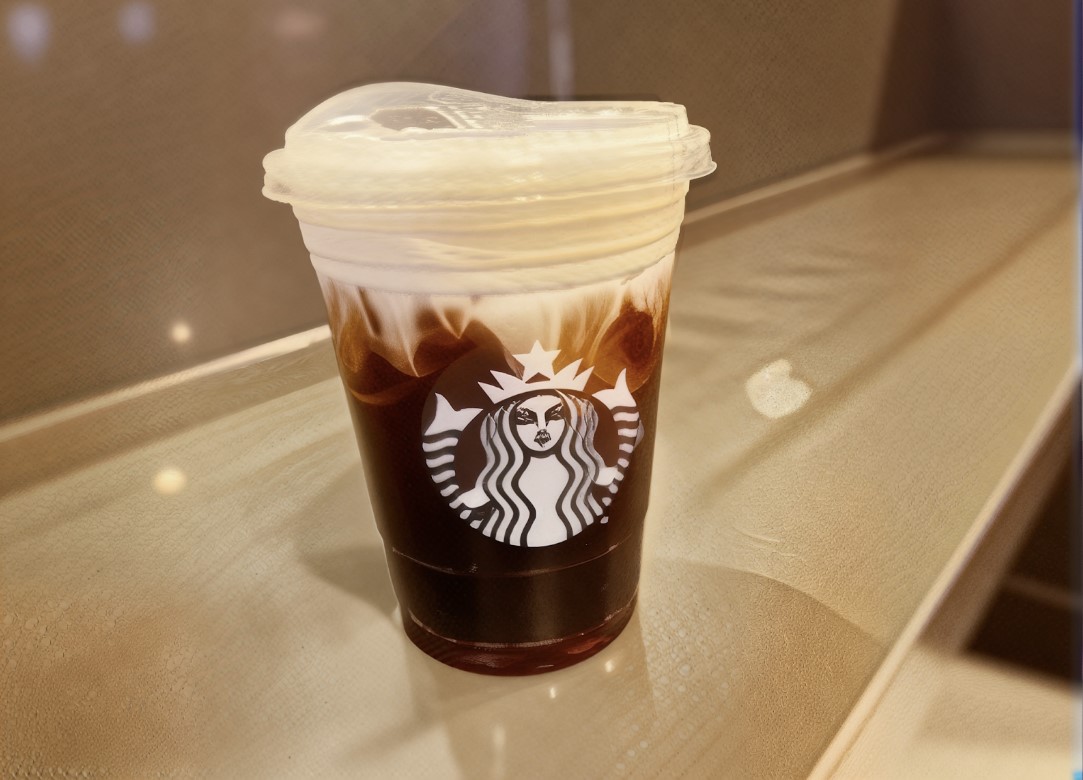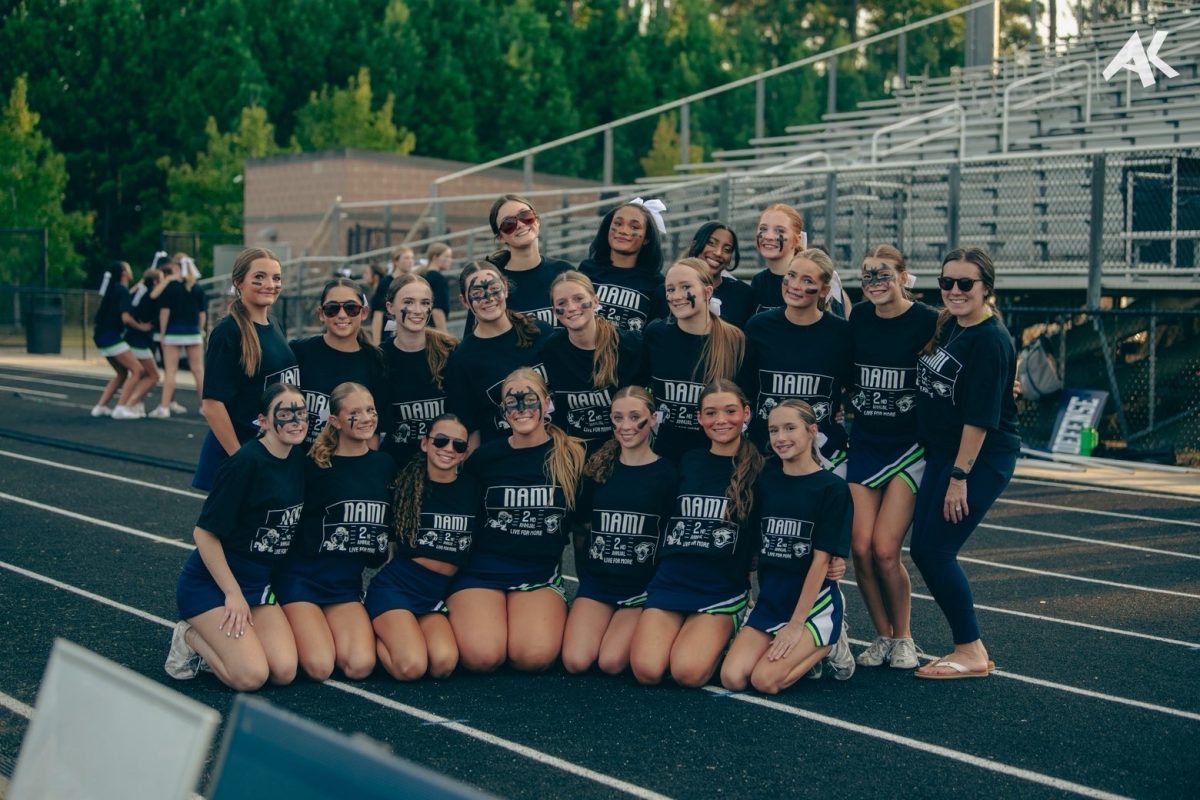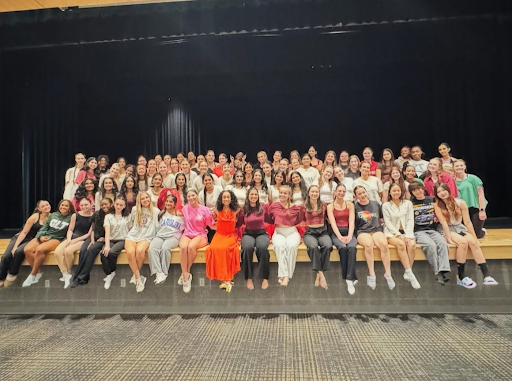With a new generation of young voters joining the election polls, the impact of social media on voter turnout is more prevalent than ever. Young people spend record time on social media platforms and continuously take in information and opinions from others on the platform. It’s common knowledge that young people spend much more time on social media than older generations. Depending on the political content they’re receiving on social media, can affect not only the number of young people who vote but also who they are voting for.
This might occur on many social media platforms, especially X and TikTok. A poll from the Pew Research Center emphasizes how common it is for users to use social media for political content and sharing their own opinions. It was found that 59% of X users say that keeping up with politics is a reason they use and 36% of TikTok users.
The news can be twisted considering the amount of biased or fake political information on social media. Young impressionable voters may need help to differentiate true information from false.
To understand the depth of the issue, it’s necessary to go straight to the source. Two Green Level High School seniors were interviewed on this issue, Lauren Brathwaite and Lucas Polanco. Lauren Brathwaite voted early this year, voting was a priority for her. When asked if she sees political ads and information on social media she answered, “I feel like at first it wasn’t a lot, but closer to election day almost every ad was based on elections.” She also mentioned that social media did impact her voting turnout, she said, “Social media educated me on certain policies candidates have and the things they valued.”
Lucas Polanco had a similar experience when he mentioned that he sees political ads and content, “every day, just about every other time I open social media.” He explained how the algorithm on social media collects data about what you like so you will “see more positive propaganda on the For You Page for the candidate you support and negative about the candidate you oppose.” He says, “It causes you to have a stronger bias towards the candidate you originally supported.”
As these seniors mentioned, political ads have a big presence on many social media platforms, and it has a great impact on the viewer. On the one hand, it can educate you about the candidates and their policies. But on the other hand, there is a dangerous downside that has to do with fake news and exaggerated propaganda. Viewers can be easily swayed if the propaganda is accurately tailored to their beliefs. With the complexity of technology these days, it is easy to target a viewer and work to sway their political ideologies. While these seniors said the political advertisements helped them to be more prepared and educated going into the voting polls, some may be negatively affected and their votes may show for it.
Particularly for the democratic party, young voter turnout is so important for elections. The question may be raised if the impression of social media on young voters impacted the democratic results in this election. With the rising reliance on campaigns based online and on social media, it is never certain how much elections have been impacted. Is the new generation easily swayed by political propaganda? Is there a decrease in the amount of young voters voting because of the political presence on their social media?
One thing is for sure, social media is to be taken seriously. Whether it’s just an informational piece on a candidate, an advertisement, or a direct attack on the opposing candidate, what viewers read can impact their political ideology. It’s important that going into future elections, voters are aware of this drawback of social media and do enough research on the election outside of social media platforms. Social media is a growing aspect of our world and it’s strengths and weaknesses will show more and more.

